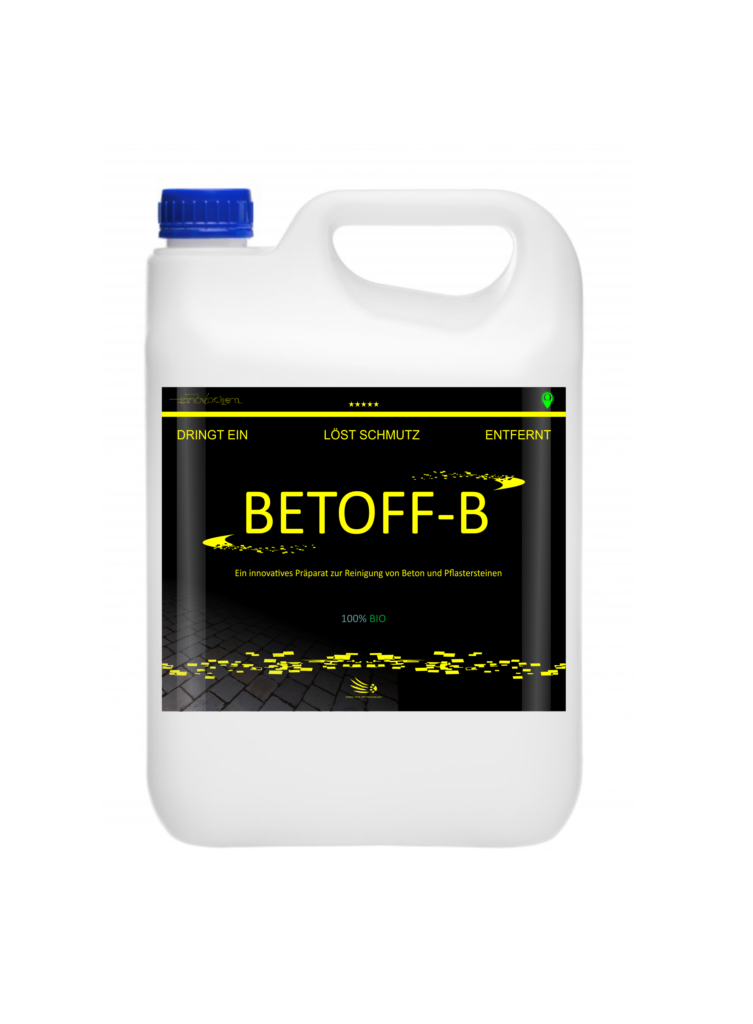Concrete anchors. The things that hold everything together are concrete anchors! If you’ve ever seen massive concrete walls being lifted by a crane, you’ve undoubtedly wondered how they’re connected. You would most likely notice individuals utilizing anchors and fasteners to connect walls if you were to visit a building site.
The following kinds of fasteners are utilized in commercial buildings to ensure a solid and sturdy bond between concrete walls:
- Fasteners
- cuffs
- Wedges
- Anchors
Concrete anchors. Which fastener kinds are most prevalent? Everything about it is listed here!
How are anchors made of concrete used?
Working with concrete is not an easy task. It takes some skill to join two concrete walls together; it’s not like joining pieces of metal or wood. High-quality, specific materials should be used to make anchors.
Concrete and anchors are connected in three steps:
- drill holes
- Put the anchor in place.
- Fasten the anchor using a fastener.
Concrete anchors. Kinds of anchors
Every building site has a variety of concrete anchor types to choose from. The two-component epoxy resin-based anchors are the strongest. Since they are somewhat costly, their use needs to be justified; an engineer or architect is typically the one to make this proposal. They are used in commercial, specialized, and industrial settings.
When you tighten them to a certain point, some anchor heads come out. They are employed in settings like power plants and bridge construction, where a high degree of accuracy and safety are necessary.
Concrete anchors. It is advised that ordinary people utilize the following concrete anchors:
- anchors with a wedge
- anchoring for sleeves
- big diameter
- anchors made of plastic
- The concrete screws, or tapcones
Concrete anchors. Sleeve anchors as well as wedge anchors
Concrete anchors with a high weight capacity that work well include sleeve anchors and wedge anchors. You should be able to control their strength, therefore space the two walls around 7 cm apart. This will stop the margins of the walls from separating and the two walls from wedging. Because they have a very high bonding strength, builders find wedge anchors and sleeve anchors to be highly appealing.
Concrete anchors. How are sleeve anchors and wedge anchors installed in concrete?
The installation procedure for sleeve anchors and wedge anchors is the same. The concrete must have the proper size hole drilled in it. A drill with a hammer is used for this. The anchor is inserted into the hole once it has been drilled. Using a hammer, you can pound it in. The diameter of the anchor is indicated on both the anchor and its container. The anchor itself should be 6.35 mm below the bottom of the hole.
Use this foundation as a template to identify the drilling sites if you wish to attach something metal to concrete that has a rectangle, square, or triangular base. Alternatively, you may install the base, drill the anchor holes, take it out, and then install the anchors.
There will be drilling dust on the metal base that you plan to fasten to the concrete. It will somewhat alter in size if it falls into the hole, which could cause the anchors to not fit precisely. Before you install the anchors, clear the area of dust. Use a vacuum with a HEPA filter or a blower, like one for clearing leaves in the fall.
Concrete anchors. Anchor and hammer
Using a hammer, drive the anchor in after drilling the hole and inserting it as deeply as feasible. Naturally, exercise extreme caution when doing this. Sleeve anchors and wedge anchors come in two varieties. One distinguishing feature of premium anchors is the clean metal piece above the thread on the tip. This component keeps the anchor’s thread from buckling when it is hammered in. The premium anchor’s thread screw needs to be slightly lowered. When it comes to less expensive, inferior anchoring, the circumstances are different. To ensure that the screw is struck by the hammer and not the thread in this instance, the screw should stick out just a little above the thread. Whichever anchor you use, be careful not to pound it in too hard.
At all costs, you need to prevent bending the screw. This may cause the tread to become jammed and distorted. After that, there will be no expansion impact on the screw as it rotates in the hole.
How can a sleeve anchor and wedge anchor be removed?
It is better to use a saber saw or grinder to cut out the anchor.
Installing and tightening the anchor in concrete
Tighten the nuts after the anchors are inserted into the concrete. For this, a ratchet wrench will work well, enabling you to work in confined areas. When driving big-diameter anchors with heads of two centimeters or more, a cordless impact wrench works well.
Concrete anchors. Big Diameter Concrete Fasteners
Compared to standard concrete anchors, large-diameter concrete anchors like Tapcon anchors offer a number of benefits. They are not reusable, although they are readily removed.
The ability to employ big-diameter concrete anchors to bring the borders of two concrete walls closer together is another benefit.
To one another without running the danger of hurting them.
Some businesses assert that compared to wedge or sleeve anchors, their large-diameter anchors are 20% stronger. Undoubtedly, their value lies in how quickly they can be installed. The finest tool to use to install them is an impact wrench.
Concrete anchors made of plastic
The finest anchors for anchoring light things, like 13 to 23 kg, are plastic concrete anchors.
In brief
I’ve shown you a variety of concrete anchor options. There is a reason for using a certain anchor. Be sure you understand the features of each anchor before selecting one. Verify that you own the instruments that are suggested to be used with a particular anchor. Naturally, consider the object’s weight when deciding whether to use the anchor for it. Cheers to your successful anchoring!
Check out our other articles as well:
- Paint for concrete
- Manhole rings made of concrete
Check our liquids for concrete cleaning

and our concrete dissolver

